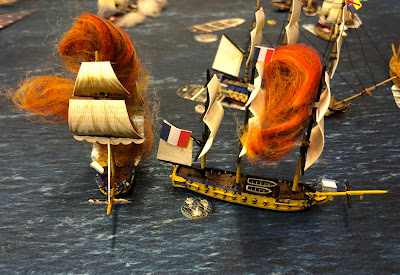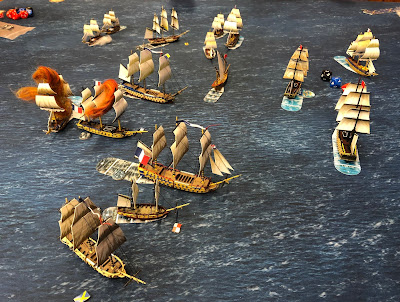My current favourite battle rules for the ancients and medieval period are To the Strongest! authored by Simon Miller. They are played extensively at my wargame club, Glasgow and District Wargames Society, who hosted a competition last year. Simon came up for the competition, and I foolishly pointed out the absence of Balkan medieval armies in his lists. This inevitably led to an invitation to draft some. It eventually reached the top of my to-do list, and he has now published them.
The army lists can be downloaded from the TtS! website and they broadly cover the period between the sack of Constantinople in 1204 and the end of the 15th century. The earlier period covers the limited recovery of the Byzantine Empire, the Achaian Franks and the growth of the Serbian Empire – not to mention the Catalan Vengeance. Then, as the Ottomans infiltrated into Europe, the story shifts to their conquest of the Balkans culminating with the capture of Constantinople in 1453. This includes the Hungarian led defence of Europe aided by revolts in Wallachia and Albania.
The standard text for this fascinating period of history is 'The Late Medieval Balkans' by John V.A. Fine (University of Michigan Press 1994). For wargamers, I would recommend the Warhammer Ancient Battles (WAB) supplement ‘Vlad the Impaler’, which I also assisted with.
For competition gamers, I’m afraid they are unlikely to find any super armies in the list to deploy. However, they are often a bit different from the typical western European armies you see on the tabletop. Generally, a little lighter armoured with more light troops, reflecting the terrain in the Balkans.
However, they do include some great characters. So I have written an outline of what I regard as the greatest leaders of the age in a feature article on Balkan Military History. Feel free to disagree!
My list includes:
Stefan Dusan
Murad I
Murad II
Mehmet the Conqueror
Janos Hunyadi
Vlad the Impaler
Stefan the Great
Skanderbeg
Tvrtko I
If I had to pick one, it has to be Skanderbeg. He regularly defeated the Ottomans despite being heavily outnumbered and kept together an alliance of notoriously fractious Albanian princes. The mark of a truly great leader.








































